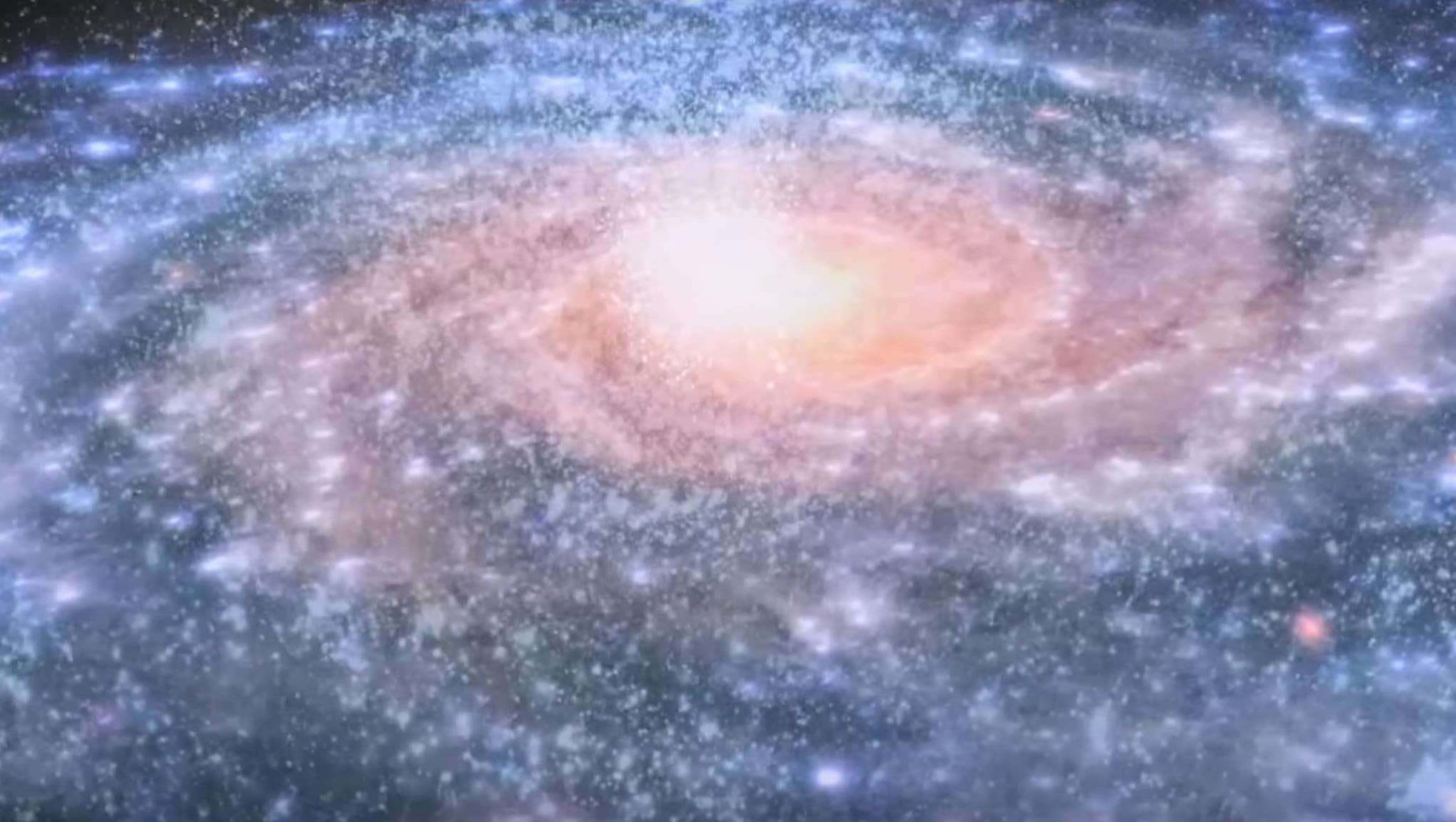Create a free profile to get unlimited access to exclusive videos, sweepstakes, and more!
Runaway stars are escaping the Milky Way, but what could they tell us before they blow this joint?

The Milky Way is swarming with stars, but not all of them are going to hang around forever. There are some which are literal shooting stars that flash through space fast enough to eventually leave the galaxy and go rogue.
Headed by astronomers from NAOC, a research team using data from Gaia and the Large Sky Area Multi-Object Fiber Telescope (LAMOST), has discovered enough high-velocity stars to double the known number of them in our galaxy. 591 newly observed balls of flaming gas were each identified as one of four different types. Hypervelocity stars rocket past at a fraction of the speed of light and most likely to leave. Also racing around the Milky Way are fast halo stars, runaway and hyper-runaway stars.
High-velocity stars are rare in our galaxy. The unique way they get around could help us better understand some of the lesser known things about the Milky Way, from its faraway galactic halo to our supermassive black hole and possibly even dark matter.
“At least 43 high-velocity stars are unbound to the galaxy, with escape probabilities larger than 50%,” the astronomers said in a study recently published in The Astrophysical Journal, adding that only a few “may be the metal-rich ‘in situ’ stars in the halo formed in the initial collapse of the Milky Way.”
In the furthest reaches of the Milky Way, the low percentage of these stars that are rich in metals suggests that most of our galaxy’s stellar halo came into being from satellite galaxies that either accreted into the halo or were underwent tidal disruption. But first, the collapse of the Milky Way had to happen. Our galaxy is thought to have emerged from a huge protogalactic cloud of dust and gas. It probably formed into a flattened disc through a process similar to the formation of a protostar.
When stars are born, it means enough material has accumualted and temperatures have gotten high enough for them to be able to convert helium into hydrogen through nuclear fusion.
Stars also explain why the gaseous cloud that gave rise to our galaxy is believed to have been a gargantuan orb (and not flat as the Milky Way ended up). The oldest known stars — some of these being high-velocity stars — are found in the halo and globlular clusters. Many are around 12 to 13 billion years old. They are scattered in a spherical shape with the supermassive black hole that is our active galactic nucleus (AGN), Sagittarius A*. Just like clouds of star stuff collapse when a new star forms, so did the protogalactic cloud, leaving behind a disc that continued rotating as the cloud had.
Within the halo, stars that had already been born before the cloud collapsed were not affected. These could have been survivors of the dismembered galaxies pulled apart by tidal disruption, when a star ventures too close to the galaxy’s supermassive black hole and is shredded by the intense gravity, unleashing an enormous amount of light and other stellar innards. Any stars that were around before the formation of the Milky Way still orbit the halo.
Any surviving high-velocity stars from that era could tell us more secrets about our early galaxy if we are fast enough to take a closer look before they potentially escape into interstellar space. With Gaia already having mapped nearly 2 billion stars and going for more, that may not be impossible.
The researchers believe that some other high-velocity stars could have formed in the disc or bulge of the galaxy and been heated by the forces of motion that potentially caused them to end up streaking across the sky so fast.


























